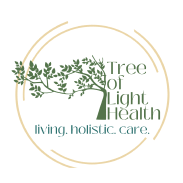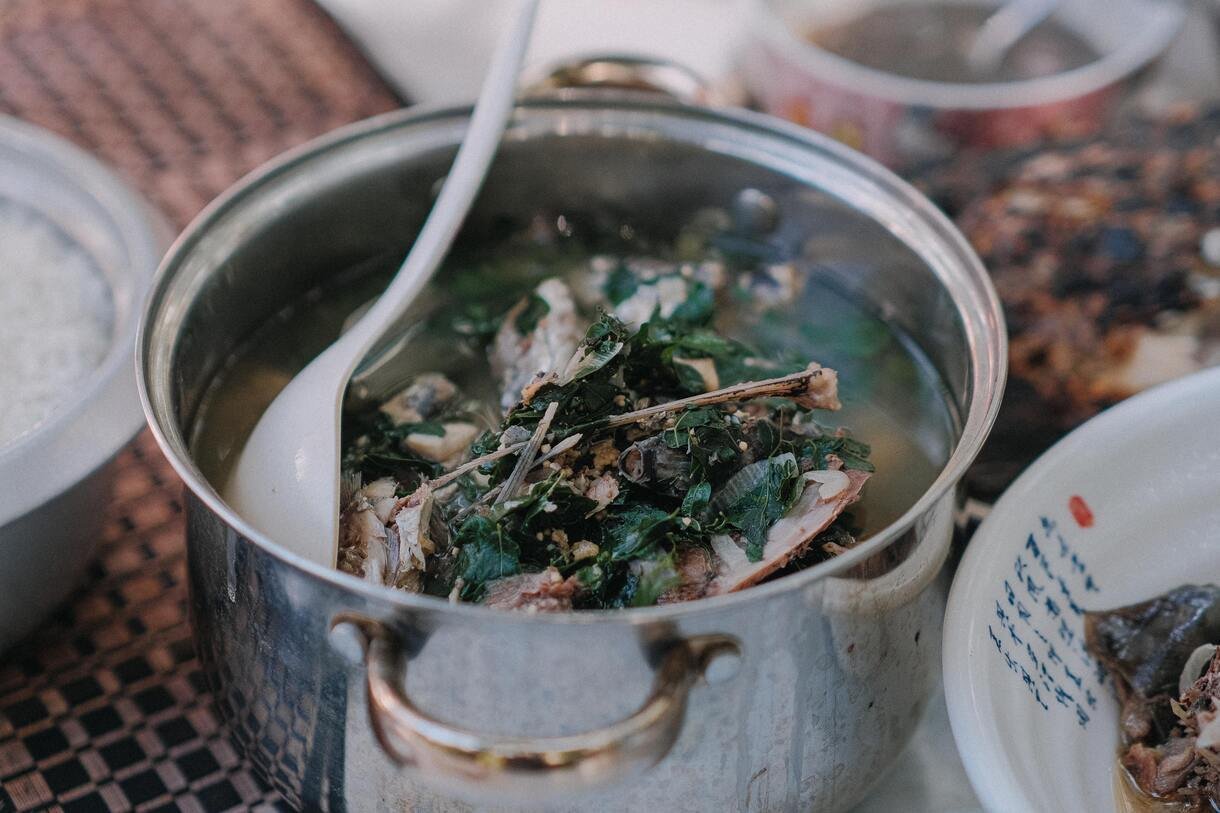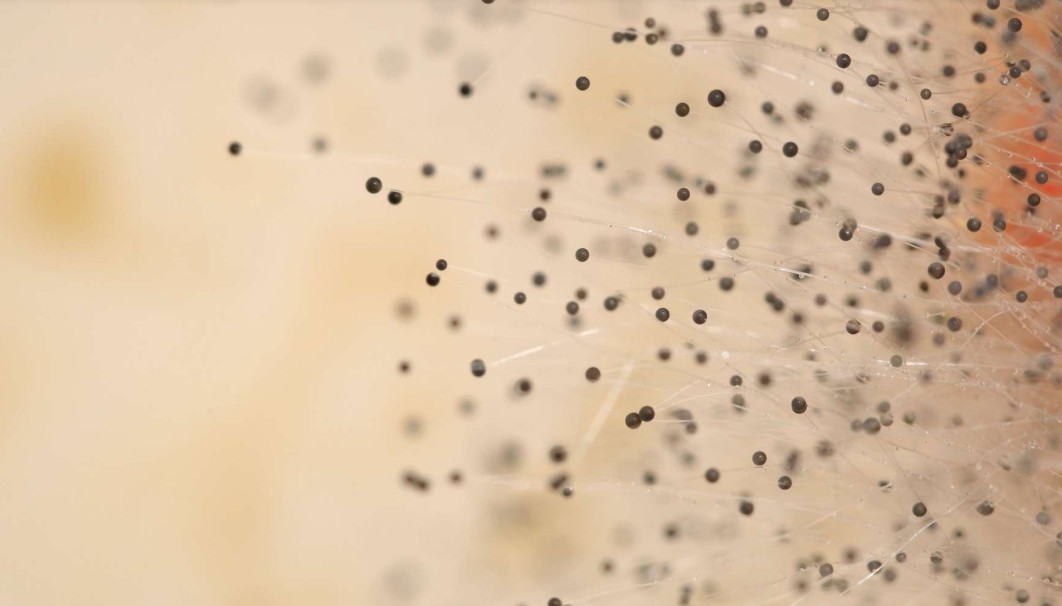IBS, Autism, Autoimmunity, and General Health
The GAPS Diet, developed by Dr. Natasha McBride, MD, is a diet to help heal leaky gut, resolve food allergies, and restore brain health. Originally, the GAPs (Gut and Psychology Syndrome) diet was designed for children with Autism, but over the years it has been beneficial in helping those with many chronic diseases, especially Irritable Bowel Syndrome (IBS). It basically involves the introduction of healthy fats (especially animal fats and proteins), fermented foods, meat stock*, as well as certain vegetables to heal and seal the gut as well as restore the microbiome. This diet is ideal for those who suffer from food allergies and/or other food sensitivities. After a period of time on this diet, one can slowly introduce different problem foods in small amounts as the gut lining heals.
There are 2 MAIN STAGES of the GAPS diet (paraphrased from the GAPS book):
Introduction GAPs (Recommended for SIBO, Diarrhea, IBS-D, Chron’s Disease or Ulcerative Colitis).
Mostly a liquid diet (so don’t start off if you have constipation (because it does not contain much fiber). Note: This stage may not be for you if you do not have the time to prepare meals. In that case, go to full GAPS and reserve intro GAPS for when you have more time.
Intro GAPS basically has 6 stages:
The first stage: start with homemade meat or fish stock. Chicken stock is particularly gentle on the stomach. (See below for how to make meat stock.) You should have some meat stock with every meal. Make homemade soups with your homemade meat or fish stock. Add vegetables that you can tolerate such as onions, garlic, broccoli, cauliflower, and squash. You can use any combination of vegetables avoiding the very fibrous parts. For example, do not include the seeds of pumpkins or the stalk of broccoli or cauliflower. You could add a handful of homemade fermented vegetables and cook them together with the soup. Pick all the vegetables very well so they are soft. If needed you can blend the soup using a soup blender. Add some probiotic food to every bowl of the soup. You should eat the soups with boiled meat and other soft tissues from bones as often as you want – all day. Once you have made a large pot of soup it will keep in the fridge for five or six days so you can warm up as needed.
Probiotic foods: these are essential right from the beginning. These can be dairy-based or vegetable-based depending on your reactions. Always start low and go slow. For example, use 1-2 teaspoons on days 1-5; then 3 to 4 teaspoons on days six through eight, etc. Start by adding juice from your homemade sauerkraut, fermented vegetables, or vegetable medley into your cups of meat stock and bowls of soup. (Do not add the vegetables themselves! They are way too fibers.) For most people juice from fermented vegetables is well tolerated.
Also, most people can tolerate well-fermented homemade whey, yogurt, or sour cream right from the beginning – while others cannot. Therefore, when introducing dairy do the following: Put a small amount of dripping from the dairy on your wrist. If there is no reaction start with 1 teaspoon of the whey on day one and increase if tolerated. Keep in mind that Keefer is far more aggressive than yogurt and usually produces a more pronounced die-off reaction. Drink ginger, mint, or chamomile tea with a little bit of honey in between meals.
Second stage: Keep eating the soups with the bone marrow, boiled meats, fish, and other soft tissues that come off the bone. The gelatinous and fatty parts are essential. Keep drinking the meat stock and ginger tea. Try adding some probiotic food to every cup of meat stock. Now add raw organic egg yolks. If there is a concern for an egg allergy do a sensitivity test first with raw egg yolk. Eventually, add stews and casseroles made with meat and vegetables. Try to avoid spices at this stage. Just make the stew with salt and fresh herbs. Keep increasing tiny amounts of homemade sour cream, yogurt, and Keefer. Try to introduce fermented fish and homemade ghee.
Third Stage: add ripe avocado mashed into soups. Add pancakes using organic nut butter, eggs, and a piece of winter squash. Eggs can be slightly scrambled with animal fats. Introduce sauerkraut and fermented veggies.
Fourth Stage: gradually add cooked meats that are roasted or grilled but not barbecued or fried. Add cold-pressed olive oil. Introduce fresh press juices.
Fifth Stage: if all the previous foods are well tolerated, add cooked apple as an apple purée. Add vegetables starting with softer parts of the lettuce and peeled cucumber. Try adding other fruits like pineapple and mango. Try to avoid citrus fruit at this time.
Sixth Stage: if all of these are well tolerated try some peeled apple. Try to gradually introduce more raw food in honey.
NOTE: you move through the stages faster or slower depending on your symptoms. For example, if you have diarrhea make sure that clears before moving to the next stage. Some people need to stay for example on the second stage for the year. Everyone is different so move at your own pace!
There is also a vegetarian-based GAPS as well as a meat-only version of GAPS. The meat-only version of GAPS has been helpful for some of those with severe SIBO, dysbiosis, and IBS.
*NOTE: A key component of the GAPs diet is meat stock, used in many European cultures as a starting solution for great soup recipes.
How to make meat stock:
-
Take grass-fed beef or lamb bones, or free-range organic whole chicken, or whole fish, and add to a pot. Cover with water and add garlic and spices (if tolerated, salt and peppercorns to taste).
-
Bring to a boil and simmer for at least 2 hours (for fish) and 4 hours for meats, or until the meat is falling off the bone. Slow cookers are acceptable.
-
Then get another pot with a strainer. Pour the meat parts and solution into the strainer and strain off all the solid parts, meat, fat, etc., and save for later (can be used to make soups).
-
When cooled, there will be a layer of fat on top. Keep the fat layer. These are very important fats for gut healing. The resulting solution is your meat stock, which contains collagen, important proteins such as branched-chain amino acids and l-glutamine, minerals, vitamins, and many other key nutrients to heal the gut lining.
-
Drink a cup of this with every meal, and use it as a soup base.
IMPORTANT NOTE: THIS DIET MUST BE INDIVIDUALLY TAILORED, ESPECIALLY IF YOU HAVE FOOD ALLERGIES, AUTOIMMUNITY, THYROID PROBLEMS, SIBO, IBS, CANDIDA AND/OR LEAKY GUT ISSUES. THEREFORE, PLEASE CONSULT WITH A QUALIFIED HEALTH PRACTITIONER BEFORE INITIATING ANY DIET PROGRAM.
The focus of this diet is the return to ancestral eating with a focus on:
-
High-quality organic, grass-fed meats (beef, lamb, ) Avoid smoked, canned, and processed meats.
-
Wild-caught fish, and shellfish.
-
Organic veggies and select fruits
-
Meat stock (different than bone broth)
-
Organic cage-free eggs
-
Healthy fats (coconut, avocado, olive oils),
-
Fermented foods (to re-establish gut flora. Caution if you are extremely histamine sensitive)
-
Select nuts (Almonds)
-
Raw fermented dairy (as tolerated)
Foods to avoid:
-
All grains, sugar, potatoes, parsnips, yams, and sweet potatoes. If you are an athlete, you may benefit from things like lentils and various beans as tolerated.
-
Seed oils* are to be avoided: soybean oil, corn oil, cottonseed oil, sunflower oil, peanut oil, sesame oil, and rice bran oil.
-
Milk from any animal, soy, rice, canned coconut milk
-
Avoid or restrict nuts, seeds, fruit, and honey temporarily if candida and SIBO are present.
-
Larger predatory fish like shark, tuna, halibut, swordfish, and mackerel
-
Avoid all processed foods in packages and tins. These include all refined carbohydrates and foods that contain preservatives, artificial colorings, chemicals, etc.
**These oils are highly inflammatory and have been linked to many diseases, including type 2 diabetes. Your focus should be on healthy omega-3s from fatty fish or supplements. In addition, the following natural, unprocessed, omega-6’s are okay: extra virgin olive oil, coconut oil, butter and ghee, pasteurized lard, pasteurized tallow, and duck fat, For more info see Chris Kresser’s article on this topic: https://chriskresser.com/how-industrial-seed-oils-are-making-us-sick/
GAPs diet tips:
-
Combine vegetables (raw/fermented/cooked) with meats and fish at each meal to balance pH. Meats and fish accumulate as acids in the body while vegetables have a strong alkalizing effect. Too acidic or too alkalizing states are not ideal.
-
Cooking should only be done with animal fats, coconut oil, or ghee.
-
Plant oils (e.g. olive oil) should be cold-pressed and organic and consumed raw. Never cook with these unstable and fragile oils.
-
Do not microwave your food (which can destroy enzymes and micronutrients). Heat up on the stove or in an oven.
GAPS Breakfast ideas: Popular GAPS Diet breakfast recipes include:
-
Yogurt Cups
-
Slow Cooker Baked Apples
-
Sea Salt and Caramel Coconut Chia Pudding
-
Grain-Free Berry Scones made with Almond Flour & Peanut Butter
-
Banana Mini Muffins
-
Blueberry Banana Breakfast Bars
-
Homemade Apricot-Coconut Protein Bars
-
Greens and Bacon Sunshine Frittata
-
Pork Breakfast Sausage
GAPs snacks and lunch ideas:
-
Crepes with nut butter or cream cheese
-
Salmon or tuna salad wrapped in lettuce leaves
-
Cut up summer sausage, cheese, and sliced sweet peppers
-
Salmon patties with herbed yogurt or tahini sauce to dip
-
Stir fry
-
Cold beet soup with grain-free muffins
-
Hearty white bean chili packed in a thermos and topped with avocado
-
Chicken pepper poppers with sliced veggies
-
Cubed lamb roast and peach chutney
-
Savory yogurt with chicken and avocado
-
Coconut flour waffles made into sandwiches- this is a great way to use liver pate
GAPS Dinner ideas:
-
Roasted chicken & veggies.
-
Pot roast & veggies.
-
Fish cooked with yogurt, parmesan cheese, and garlic on top.
-
Wild-caught salmon cooked with butter, paprika, salt & shredded coconut on top.
-
Grass-fed steak and asparagus.
-
Rack of Lamb with organic veggies.
-
Salmon quiche with leftover salmon.
-
Delicate squash with turkey.
-
Garlic shrimp.
-
Lamb burgers with mint
-
Shrimp artichoke salad.
Note: for exact recipes and more meal ideas, go to https://healthhomeandhappiness.com/
There is a lot to learn about this diet! Likely there are lots of great podcasts and other information to help explain it. Ideally, you should read the book below, but that is not absolutely necessary. One thing to note is that if you have diarrhea-like symptoms, you may want to consider starting off with a modified GAPS diet. If you have constipation, you can try the full GAPS diet. There are certain products that you can buy to make this program really work.
IMPORTANT RESOURCES:
GAPs diet book: Gut and Physiology Syndrome: Natural Treatment for Allergies, Autoimmune Illness, Arthritis, Gut Problems, Fatigue, Hormonal Problems, Neurological Disease, and More Paperback – November 3, 2020, https://www.amazon.com/Gut-Physiology-Syndrome-Autoimmune-Neurological/dp/0954852079/ref=sr_1_1?dchild=1&keywords=gaps+diet&qid=1609335478&sr=8-1
Main website: www.gapsdiet.com
What is the GAPs Diet? https://www.youtube.com/watch?v=nGPjZfixD0M&t=226s
How to Start the GAPS Diet | Bumblebee Apothecary https://www.youtube.com/watch?v=KKuqi7_hkxw
About the GAPS diet: https://www.gapsdiet.com/about/
For those with constipation, consider the FULL GAPS DIET: https://www.gapsdiet.com/full-gaps-diet/ ***THIS LINK PROVIDES INFO ON WHAT FOODS TO BUY AND WHICH FOODS TO AVOID.
GAPs Diet Introduction Stage: https://www.youtube.com/watch?v=0pcitCWVuaM
Dr. Mercola interview with Dr. Natasha Mcbride, MD: https://youtu.be/6jfbM_sTHbo?si=ozksTbXzaPYtGYiG
The Mikhaila Peterson Podcast #30 – Dr. Natasha Campbell-McBride: GAPS Diet https://www.youtube.com/watch?v=od4p17U7xOo
For more information, please contact our office.



